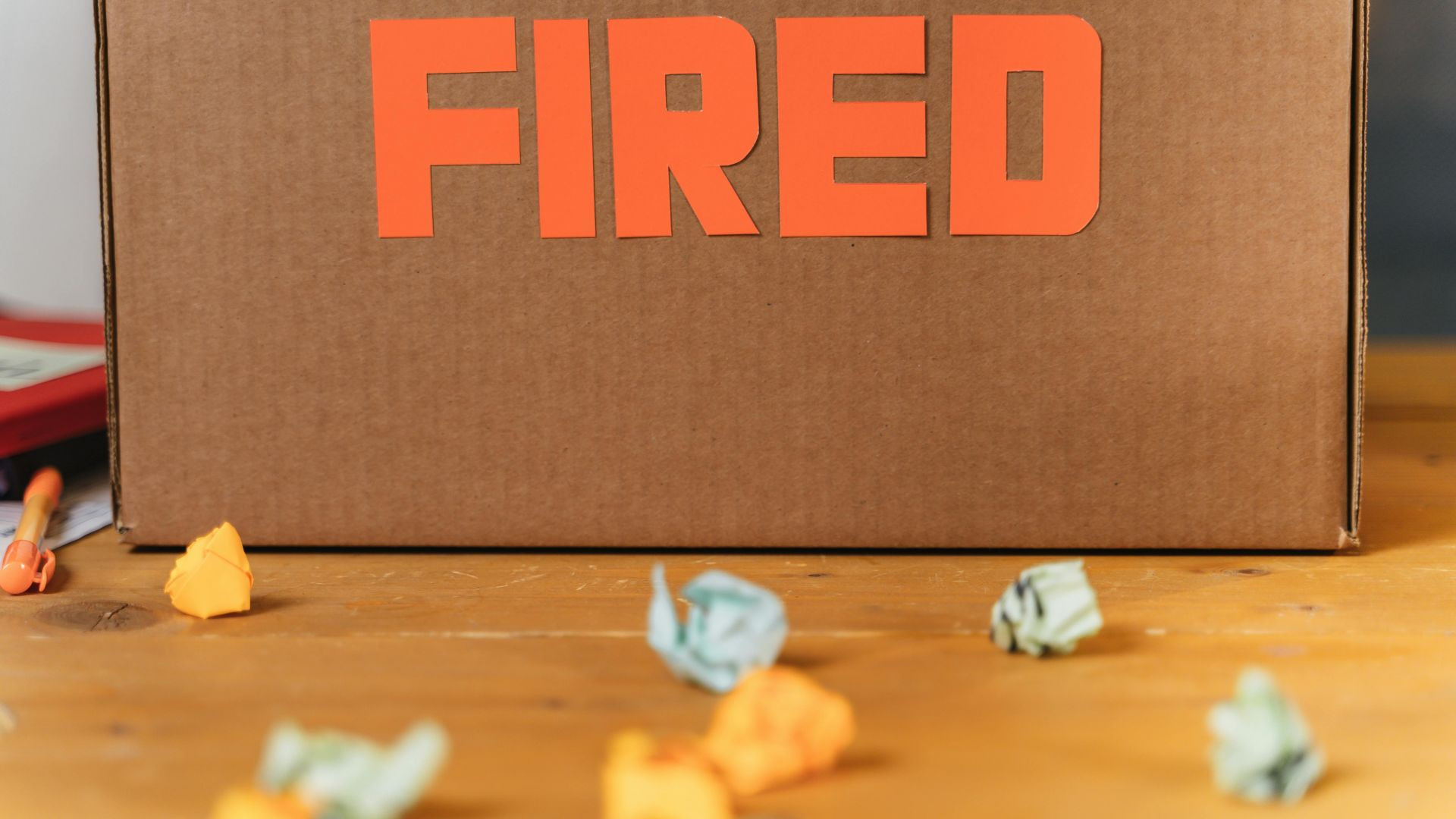Creating a budget is an essential step towards financial stability, but sticking to it can be challenging. A realistic budget takes into account your lifestyle, habits, and financial goals, ensuring it is sustainable in the long term. This article provides a step-by-step guide on how to create a realistic budget and tips to stick to it.
Step 1: Assess Your Financial Situation Before creating a budget, it's important to understand your current financial situation. This includes:
- Income: Calculate your total monthly income from all sources.
- Expenses: Track your spending for a month to understand where your money goes. Categorize expenses into fixed (rent, utilities) and variable (groceries, entertainment).
- Debts: List all your debts, including credit cards, student loans, and any other liabilities.
Step 2: Set Financial Goals Define your short-term and long-term financial goals. Short-term goals could be saving for a vacation or building an emergency fund. Long-term goals might include buying a house, retirement, or paying off all debt. Clear goals provide motivation and direction for your budget.
Step 3: Create Your Budget
- List All Income Sources: Include salary, freelance income, rental income, etc.
- Categorize Expenses: Divide expenses into needs and wants. Needs are essential expenses like housing, food, and transportation. Wants are discretionary expenses like dining out, hobbies, and entertainment.
- Allocate Income to Expenses: Assign your income to cover all needs first, then wants, and finally savings or debt repayment. Ensure that your total expenses do not exceed your income.
Step 4: Make Your Budget Realistic
- Be Honest: Include all expenses, even small ones. Honesty ensures your budget is accurate and manageable.
- Allow Flexibility: Life is unpredictable. Allocate some funds for unexpected expenses to avoid disrupting your budget.
- Start Small: Make gradual changes to your spending habits to avoid feeling deprived.
Step 5: Monitor and Adjust Regularly review your budget to track your progress and make necessary adjustments. Monthly reviews help you stay on track and make informed decisions about your finances.
Tips to Stick to Your Budget
- Automate Savings: Set up automatic transfers to your savings account to ensure consistent saving.
- Use Budgeting Tools: Utilize apps and software to track your spending and stay organized.
- Avoid Impulse Purchases: Stick to your shopping list and avoid unplanned expenses.
- Stay Motivated: Regularly remind yourself of your financial goals to stay motivated and focused.
- Seek Support: Share your budgeting goals with a trusted friend or family member for accountability.
Conclusion Creating and sticking to a realistic budget is crucial for financial stability and achieving your financial goals. By assessing your financial situation, setting clear goals, and following a structured approach, you can create a budget that works for you. Remember to monitor your progress and adjust as needed to stay on track. With discipline and consistency










